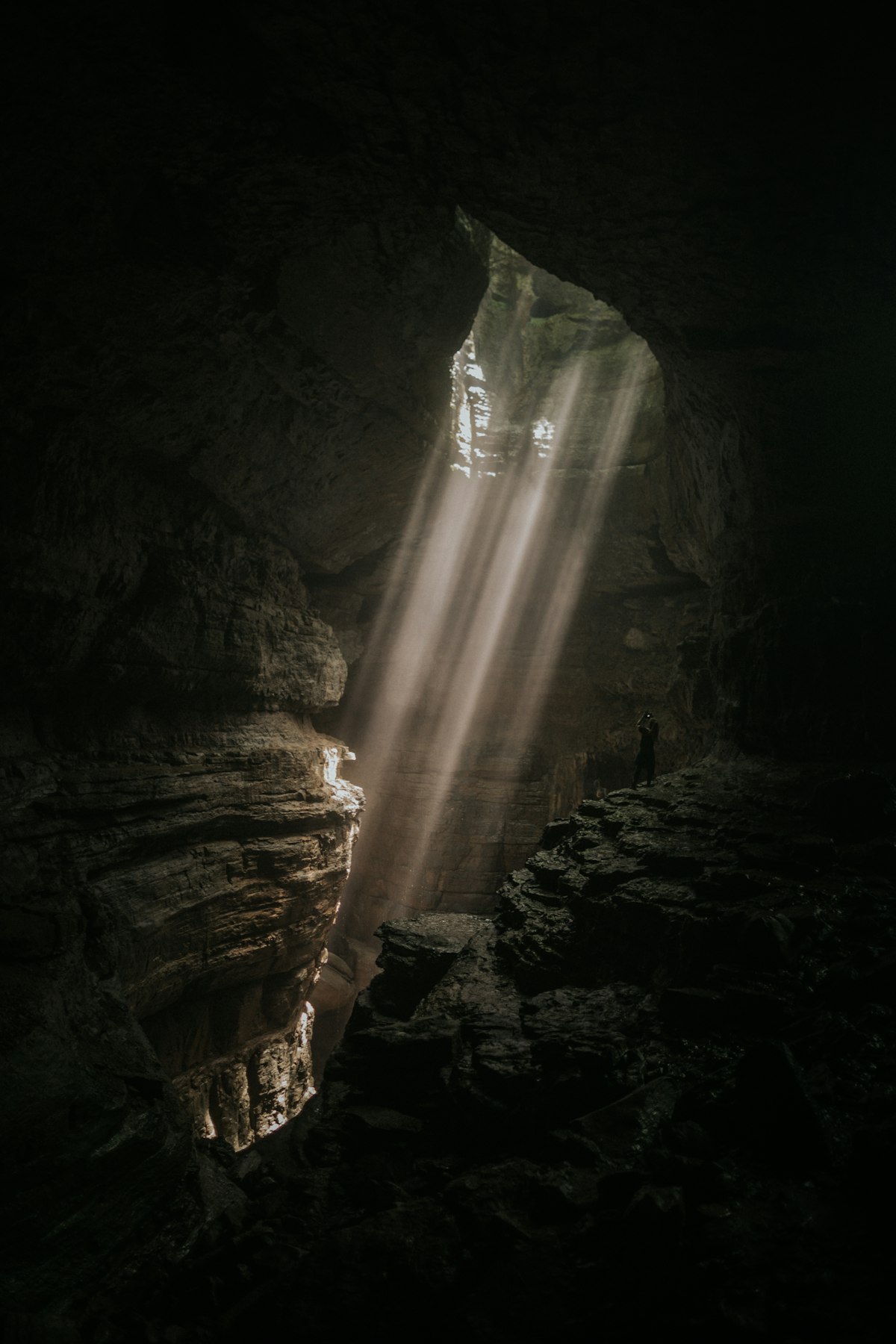Falling Flat: a lesson from a dear, old friend
I read: “I don’t want the light”, “coming to light”, “maybe one day we’ll finally get out of the cave…”, “they were casting shadows”, “her face reflected his own light back…” “people were like torches”… and I froze after my first class left.

Every year I look forward to teaching Fahrenheit 451 but not wanting to be one of “those teachers” who merely pulled out some tired materials and did the same things over and again. I tried to do that, thinking that that was what “veteran teachers” earned the right to do…and I just couldn’t. Every time I pull the copy out to prepare, a new lesson somehow pops out of the pages—some shade of analysis gets tied to a current event. Some former student from 25 years ago (Thanks, Jared Lindsley!) or 18 years ago (Thanks, Heath Smith!) reminds me of the value of that text. Or your teenage son lends you his annotated copy to use and you realize his notes are better than yours… I get constant reminders of its ability to maintain its relevance despite, or better perhaps, in spite of its age.
A few years ago came a profound epiphany—I was teaching a particularly bright and memorable group of students Plato’s “Allegory of the Cave”. As a base, we talked about the value of allegorical structure, applying it to Kate Chopin’s “The Story of an Hour”. After, we dove into Fahrenheit continuing our thematic ribbon of self-discovery, enlightenment, and the paths to self-actualization tracing Montag’s journey as the protagonist. The novel was the gateway to a culminating career-research study where everything would neatly tie the year together for the kids. At its finest moment, my “Ah-ha” came in the analysis of Bradbury’s diction—phrases like, “I don’t want the light”, “coming to light”, “maybe one day we’ll finally get out of the cave…”, “they were casting shadows”, “her face reflected his own light back…” “people were like torches”… and I froze after my first class left. I made a T-chart on the board during that next period—gratefully a planning time—and sketched out the parallels of “The Allegory” and the novel’s plot lines. I was both embarrassed and invigorated: they were the same. And Bradbury left just enough breadcrumbs that anyone should see it… After 20 years of working with it, but not having studied Plato’s piece, I was astounded to see no one had connected the two. It was like finding a treasure after studying the map. I ran to tell my teaching partners Liz and Brian. I was elated. And changed.
Teaching those texts in tandem, now, is undeniably profound. Many kids, particularly 10thgraders, who see their hormonal, emotional, ethical, and physical growth peaks and valleys as an uncontrollable, victimizing ride, latch onto the book as that treasure map. They see it charting a fictional character’s growth and trust it to be a possible template for all human growth, not just theirs, as the (Plato’s) plot line dates back to 380 BCE. They see Montag’s complacency, his adherence to the status quo, his desire to stay in the cave as both comforting and threatening. They see the bravery it takes to question why do we do “this” this way?—Is it still the best?—Might humans need something better? More? Or merely different? Most valuably, and inevitably, the next question always comes: what can I offer?
How can I change the world?
Yes! Yes! As the novel eschews asking, “What can the world offer me?” It also elucidates that the path to the light is, as Plato notes, rough and steep. And that in our search for the light we will often be blinded—sometimes dangerously so—as our eyes adjust to the newness of truths recently manifested to us. We may be persecuted for promoting our visions, lessons…pathways out of a darkness. Both stories tease readers to question themselves: “Am I strong enough to weather the brightness of that sun?” Both tales stress the value of allowing the antagonists of our lives push us into being our best selves and making the hard decisions that accompany that growth. They demonstrate the inevitable mistakes that come with those decisions, and how valuable the grace to own up to them. The stories remind readers that retreats back to the cave may be unavoidable when the blindness becomes more than an inconvenience. They share how difficult it is to believe that retreating is a temporary fix and not something to settle for again. The stories cajole us to forgive ourselves when moments of weakness strangle our progress.
At one point in the novel, Montag is literally running from his former life to his new one—one that is unknown and uncertain, but unquestionably “brighter”. He is carrying a few books, readers know they are contraband in his dystopian world, and while attempting to cross an impossibly wide road, he falls into the pathway of a speeding car. I would need several pages to flesh out all of the metaphorical nuance of this scene, but to make a finer point, he realizes that by falling flat, he has saved his own life. The driver, understanding physics, had to swerve to avoid Montag or risk jettisoning his car. Prior to this scene, Montag has committed multiple crimes, of varying degrees, and has been loud and righteous, callous and egotistical about his change of life-course. And now running, after his most heinous transgression to both his society and human life in general, he realizes that his greatest influence on his world should be his quiet, steady resolve opposed to his brash protestations.
In my own life I am taking this lesson to heart and getting better at falling flat. I am trying to make concerted efforts to stay closer to the ground. Thanks to those who are guiding me down and blissfully out of harm’s way; sometimes my own way. Thanks for waiting for me to stop running. I hope to baptize in the river and join those of you on the tracks who have already figured this out—where we will eventually walk and relish in the warmth of the light together.
